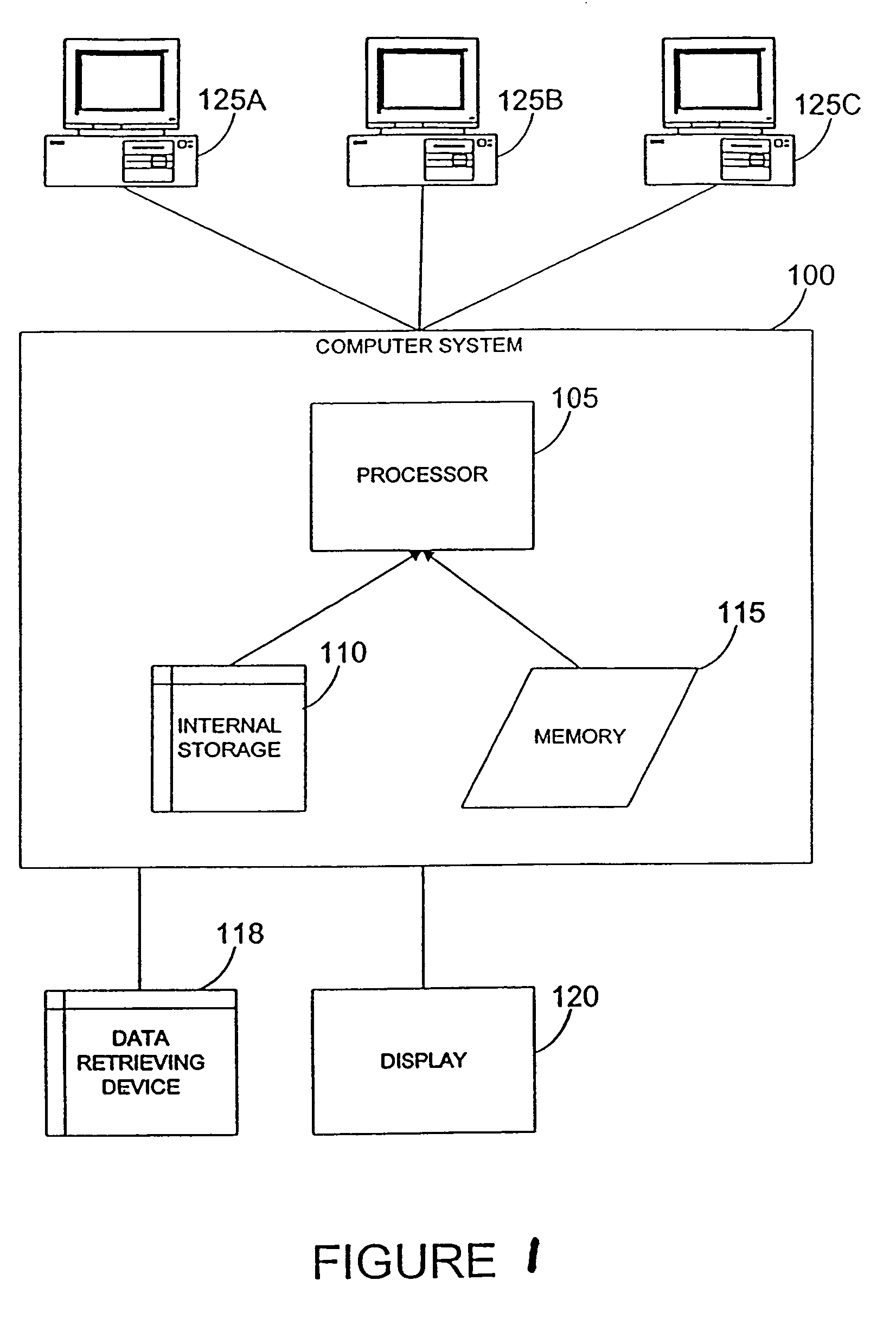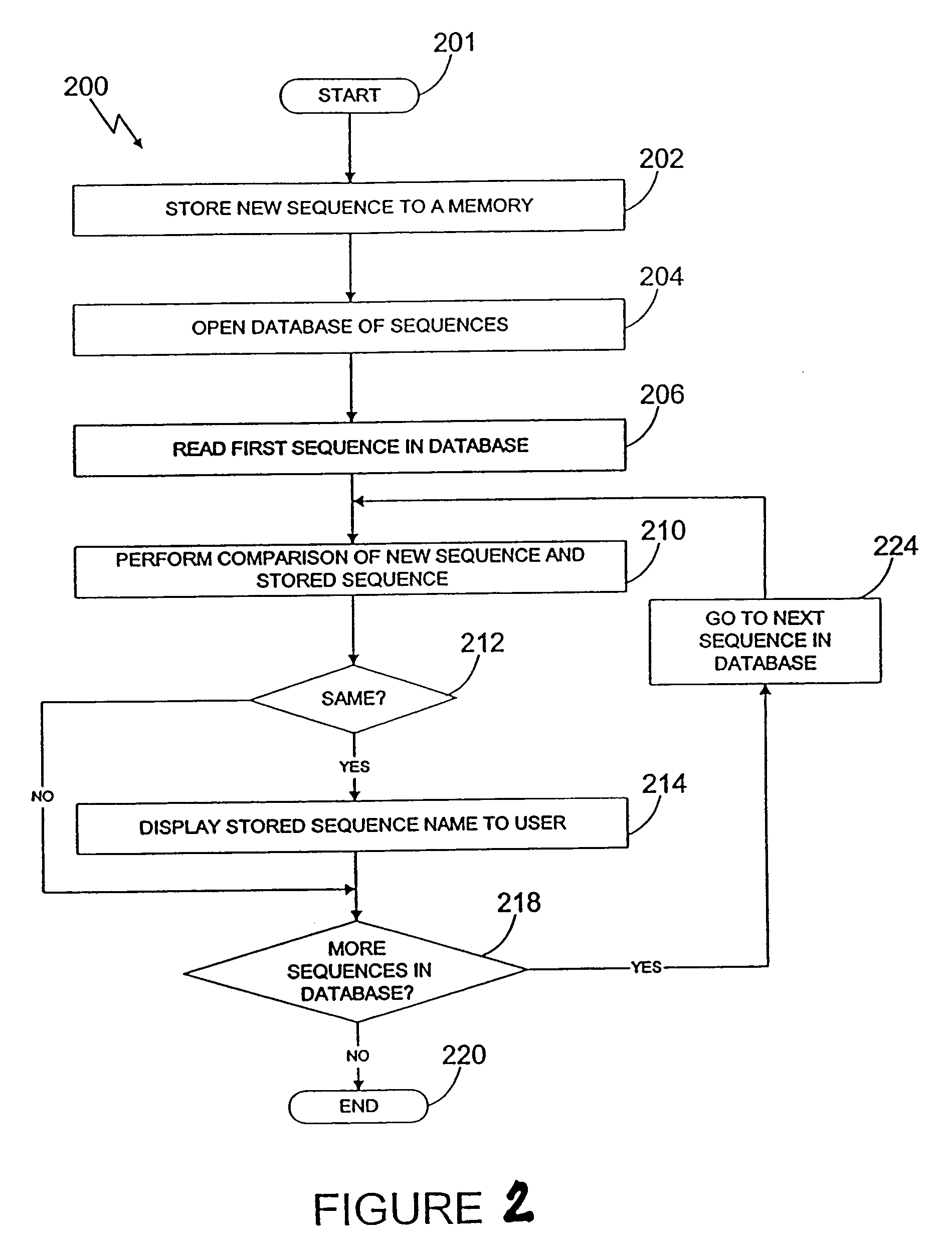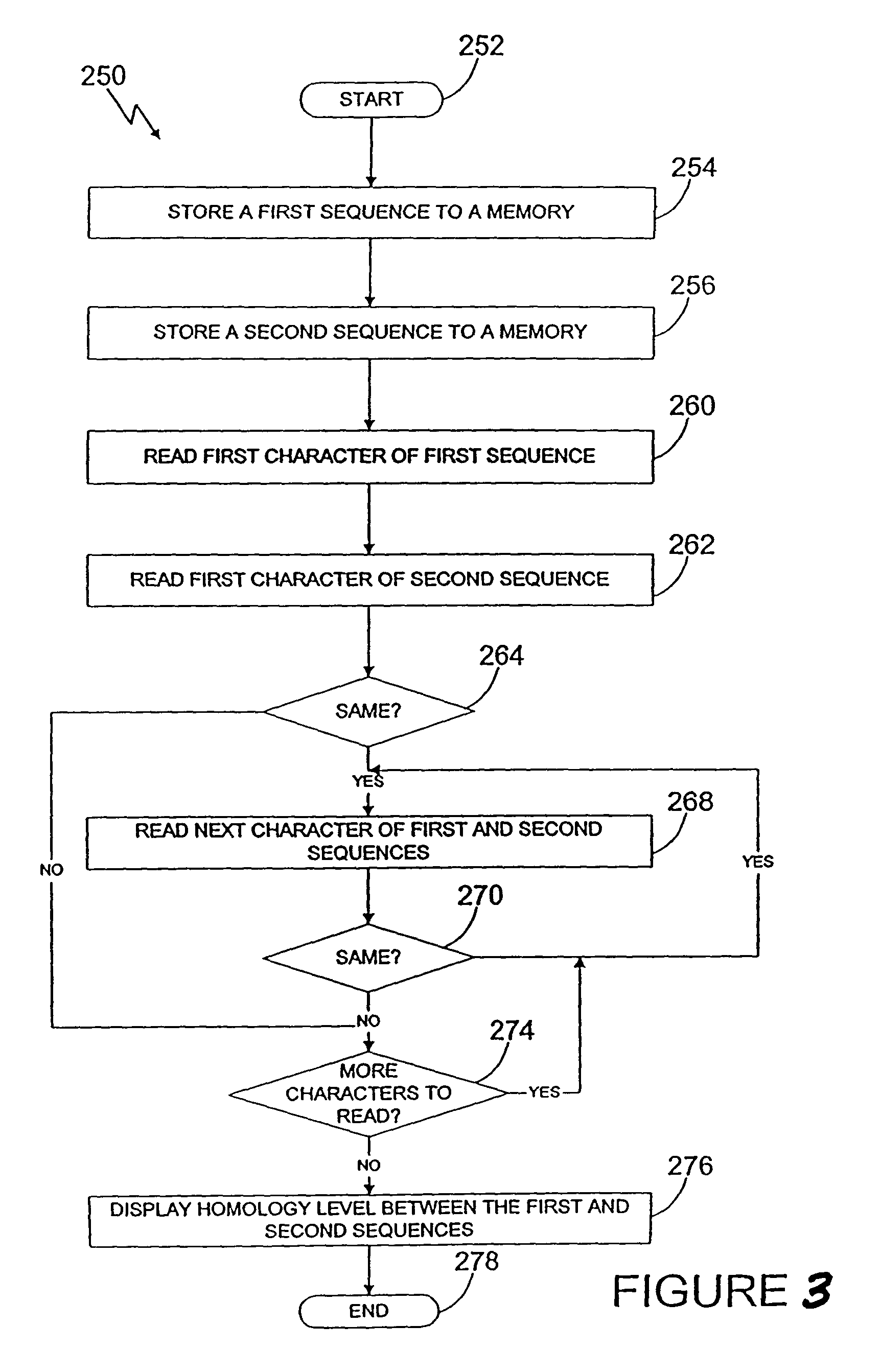Enzymes having dehalogenase activity and methods of use thereof
a technology of halogenase activity and enzyme, applied in the field of enzymes and polynucleotides encoding enzymes, can solve the problems of difficult to achieve traditional chemical methods, and achieve the effect of increasing the level and reducing the substrate level
- Summary
- Abstract
- Description
- Claims
- Application Information
AI Technical Summary
Benefits of technology
Problems solved by technology
Method used
Image
Examples
example 1
Site-Saturation Mutagenesis
[0328]To accomplish site-saturation mutagenesis every residue (317) of a dehalogenase enzyme (SEQ ID NO:2) encoded by SEQ ID NO:1 was converted into all 20 amino acids by site directed mutagenesis using 32-fold degenerate oligonucleotide primers, as follows:[0329]1. A culture of the dehalogenase expression construct was grown and a preparation of the plasmid was made.[0330]2. Primers were made to randomize each codon—they have the common structure X20NN(G / T)X20, wherein X20 represents the 20 nucleotides of the nucleic acid sequence of SEQ ID NO:1 flanking the codon to by changed.[0331]3. A reaction mix of 25 μl was prepared containing ˜50 ng of plasmid template, 125 ng of each primer, 1X native Pfu buffer, 200 μM each dNTP and 2.5 U native Pfu DNA polymerase.[0332]4. The reaction was cycled in a Robo96 Gradient Cycler as follows:[0333]Initial denaturation at 95° C. for 1 min;[0334]20 cycles of 95° C. for 45 sec, 53° C. for 1 min and 72° C. for 11 min; and[...
example 2
Dehalogenase Thermal Stability
[0340]This invention provides that a desirable property to be generated by directed evolution is exemplified in a limiting fashion by an improved residual activity (e.g. an enzymatic activity, an immunoreactivity, an antibiotic acivity, etc.) of a molecule upon subjection to altered environment, including what may be considered a harsh enviroment, for a specified time. Such a harsh environment may comprise any combination of the following (iteratively or not, and in any order or permutation): an elevated temperature (including a temperature that may cause denaturation of a working enzyme), a decreased temperature, an elevated salinity, a decreased salinity, an elevated pH, a decreased pH, an elevated pressure, a decreassed pressure, and an change in exposure to a radiation source (including uv radiation, visible light, as well as the entire electromagnetic spectrum).
[0341]The following example shows an application of directed evolution to evolve the abi...
PUM
| Property | Measurement | Unit |
|---|---|---|
| temperature | aaaaa | aaaaa |
| temperatures | aaaaa | aaaaa |
| temperatures | aaaaa | aaaaa |
Abstract
Description
Claims
Application Information
 Login to View More
Login to View More - R&D
- Intellectual Property
- Life Sciences
- Materials
- Tech Scout
- Unparalleled Data Quality
- Higher Quality Content
- 60% Fewer Hallucinations
Browse by: Latest US Patents, China's latest patents, Technical Efficacy Thesaurus, Application Domain, Technology Topic, Popular Technical Reports.
© 2025 PatSnap. All rights reserved.Legal|Privacy policy|Modern Slavery Act Transparency Statement|Sitemap|About US| Contact US: help@patsnap.com



